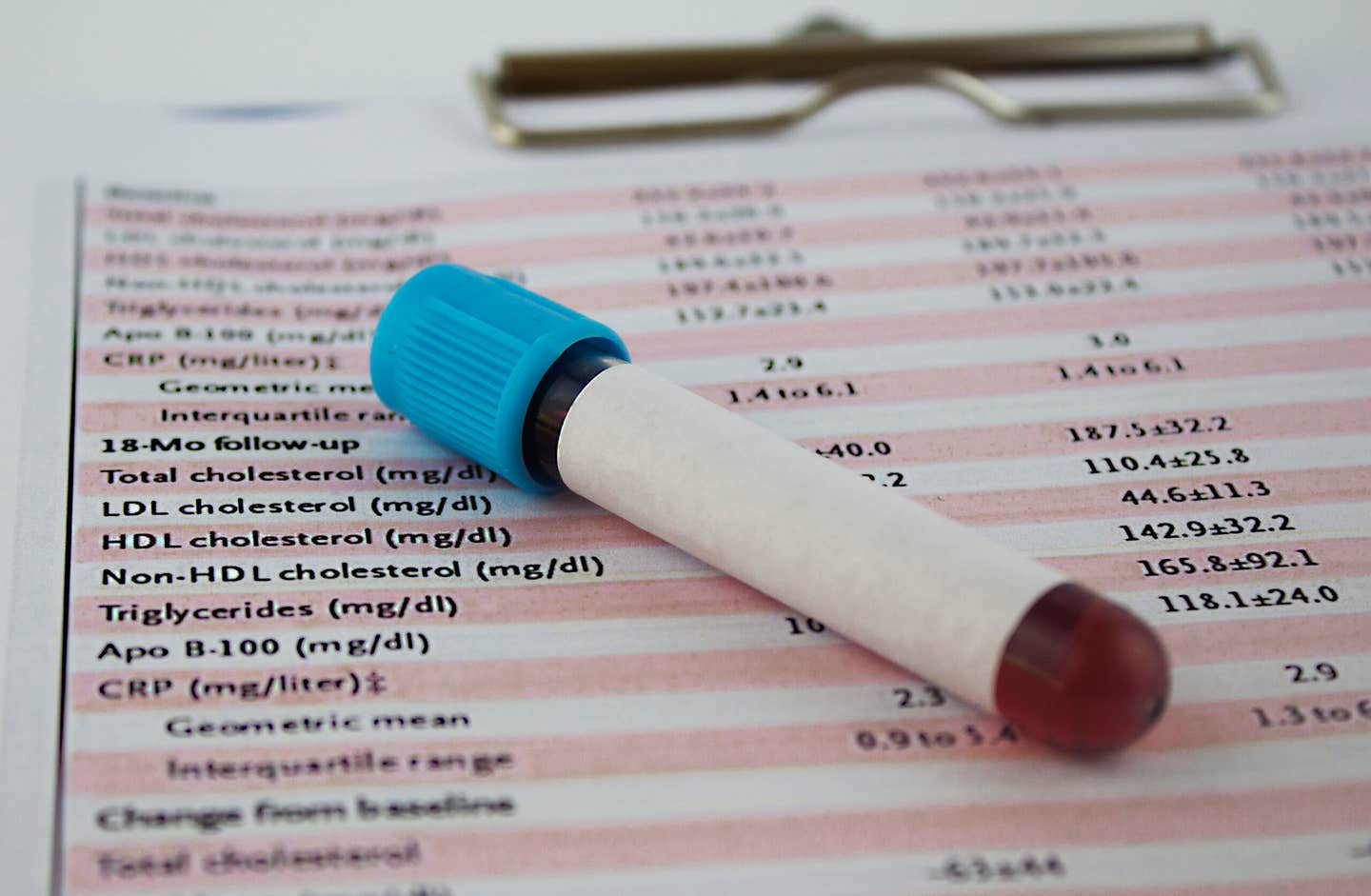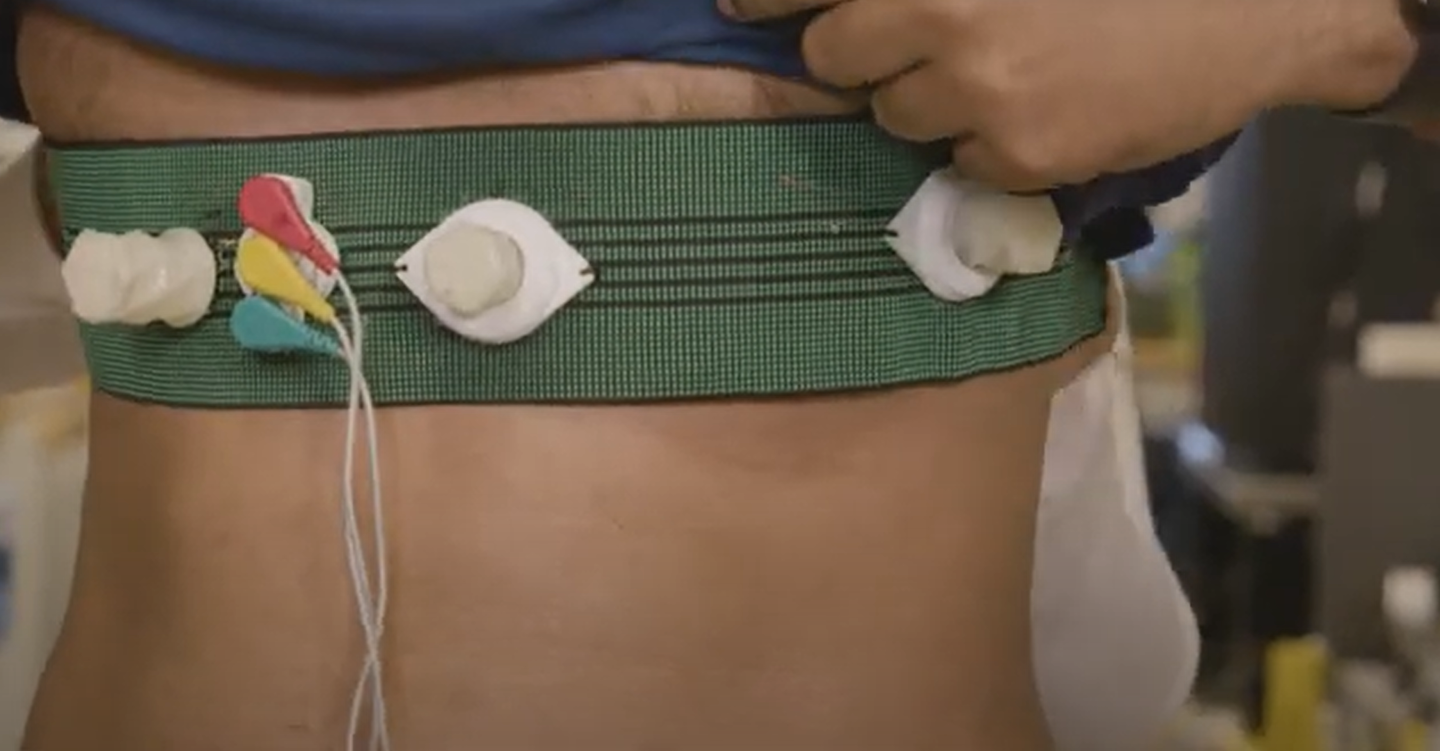Breakthrough blood test offers earlier and more accurate heart disease detection
A new study finds that measuring apoB particles in the blood predicts heart disease risk more accurately than standard cholesterol tests.

A new study finds that measuring apoB particles in the blood predicts heart disease risk more accurately than standard cholesterol tests. (CREDIT: iStock)
For decades, doctors have used blood cholesterol levels to check for early signs of heart disease. This method has saved lives by catching risk early, but it may not tell the whole story. New research now shows that measuring a different marker in your blood could give doctors a much clearer picture.
Scientists have discovered that testing for a protein called apolipoprotein B (apoB) could offer more accurate insights into your heart disease risk. And it’s not just about how much of it is there—it’s about how many particles are carrying it.
Looking Beyond Traditional Cholesterol Tests
Cholesterol is a fatty substance your body needs to build cells and make hormones and vitamins. But too much of it can block your blood vessels, leading to heart attacks or strokes. For nearly 60 years, doctors have measured cholesterol levels to estimate risk. However, cholesterol can’t travel through your blood on its own—it rides inside particles called lipoproteins.
These lipoproteins come in different types. Some remove cholesterol from your blood and bring it to the liver to be broken down. These are known as "good cholesterol" carriers. Others do the opposite—delivering cholesterol to your blood vessels where it can form harmful plaques. These are the "bad cholesterol" carriers.
A common blood test measures how much cholesterol is in your blood. But this doesn’t tell you how many particles are carrying it. That’s where apoB comes in. ApoB is a protein found on all “bad” lipoproteins. Measuring it tells you exactly how many of these harmful carriers are floating in your bloodstream.
What the New Research Found
A team of researchers from Sweden and the United States worked together to study this more deeply. They analyzed blood samples from more than 200,000 people with no history of heart disease. The researchers used a high-tech method called nuclear magnetic resonance (NMR) spectroscopy to study the lipoproteins in detail. They then tracked these individuals for up to 15 years to see who developed heart disease.
Related Stories
- Study finds a better way to detect heart disease in women
- Heart can 'taste' sweetness without your tongue, study finds
- New light-activated heart tissue revolutionizes heart repair
Jakub Morze, a postdoctoral researcher involved in the study, explained the importance of their findings: “We found that apoB is the best marker when testing for risk of heart disease. Since apoB indicates the total number of 'bad cholesterol' particles, measuring it offers a more accurate test than standard cholesterol measures.”
Their work, published in the European Heart Journal, showed that people with the same amount of cholesterol in their blood could still have very different levels of heart disease risk. The difference came down to how many apoB particles were present, not just how much cholesterol they were carrying.
So, someone with a small number of large cholesterol-carrying particles might have a lower risk than someone with a large number of small particles, even if their total cholesterol is the same. Standard tests would miss that difference. Morze adds, “In about one in twelve patients, standard cholesterol tests may underestimate heart disease risk, which is important to consider, since 20–40 percent of all first-time occurrences of CVD are fatal.”
Why Particle Count Matters More Than Size or Type
The team also looked into whether the size or type of the lipoprotein particles made a difference. They found that while particle type and size do vary between people, these traits didn’t significantly affect heart disease risk when compared to just the number of particles. In other words, how many of these “bad” particles are in your blood matters more than what type they are or how big they are.
The researchers also ran the same analysis on a smaller Swedish group to make sure their findings were accurate. This second set of results supported their main conclusion: the number of apoB particles in the blood gives the clearest picture of future heart disease risk.
Clemens Wittenbecher, another author of the study and an assistant professor at Chalmers University of Technology, said, “Our results indicate that apoB particle count could eventually replace the standard blood cholesterol test in research and healthcare worldwide.”
A Second Important Marker: Lipoprotein(a)
The research also spotlighted another important lipoprotein—lipoprotein(a), or Lp(a). This type of particle is also considered harmful and carries its own risk. It doesn’t make up much of the total number of “bad cholesterol” carriers—less than 1 percent on average—but in some people, its levels can be extremely high. This is usually due to inherited traits rather than lifestyle factors.
High levels of Lp(a) can raise your heart disease risk significantly. That’s why researchers believe that doctors should test for both apoB and Lp(a) to get the most accurate picture. “Lipoprotein(a) also needs to be tested for to get a better picture of lipid-related CVD risk,” said Wittenbecher.
Unlike cholesterol levels, which can change based on your diet, exercise, and medications, Lp(a) levels mostly stay the same throughout life. That’s because genes largely control them. If you have high Lp(a) levels, you may need special treatment to lower your risk.
Why Early Detection Is So Important
Heart disease remains the number one cause of death around the world. The World Health Organization says that most cases could be prevented by cutting back on smoking, eating healthier, and staying active. But even with good habits, some people still develop heart problems. That’s why catching early warning signs is crucial.
Better tests mean earlier warnings. If doctors can spot someone with high apoB levels—especially if they also have high Lp(a)—they can act sooner. This might mean prescribing medicines like statins, recommending dietary changes, or encouraging more physical activity.
And the good news is, these advanced tests are already available. “The blood test for these two markers is commercially available now and would be cheap and easy enough to implement,” said Wittenbecher.
The Future of Heart Disease Testing
This study, the largest of its kind, could change how heart disease risk is measured in the future. Instead of focusing only on how much cholesterol is in your blood, doctors may soon start checking how many particles are carrying it and whether you have inherited lipoprotein(a) levels that put you at extra risk.
The test itself doesn’t require anything special—it’s a simple blood sample. But the information it provides could be life-saving. As Morze puts it, “That does not mean conventional tests are ineffective; they generally perform well. However, by switching to apoB testing, we can improve that accuracy and potentially save lives.”
Note: The article above provided above by The Brighter Side of News.
Like these kind of feel good stories? Get The Brighter Side of News' newsletter.



